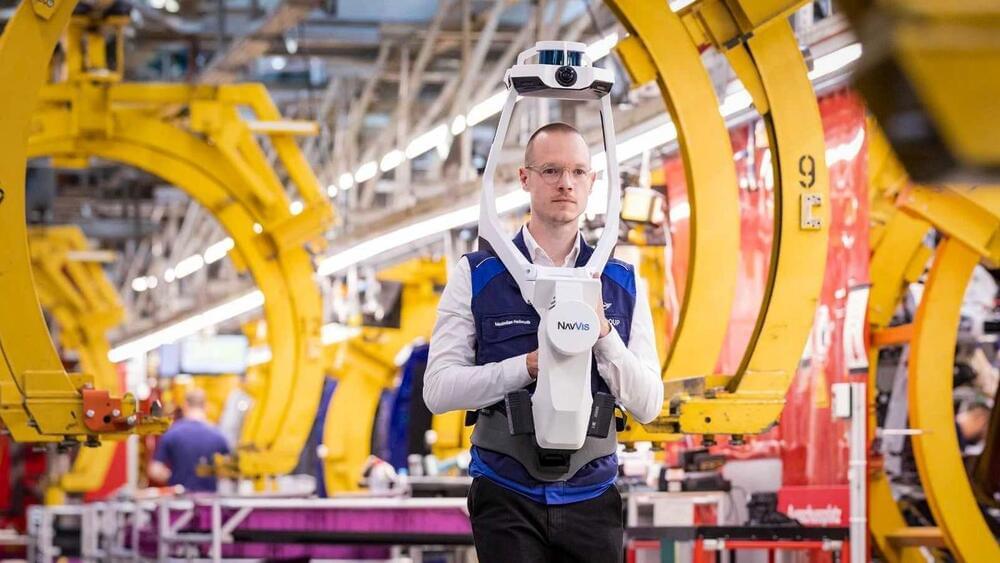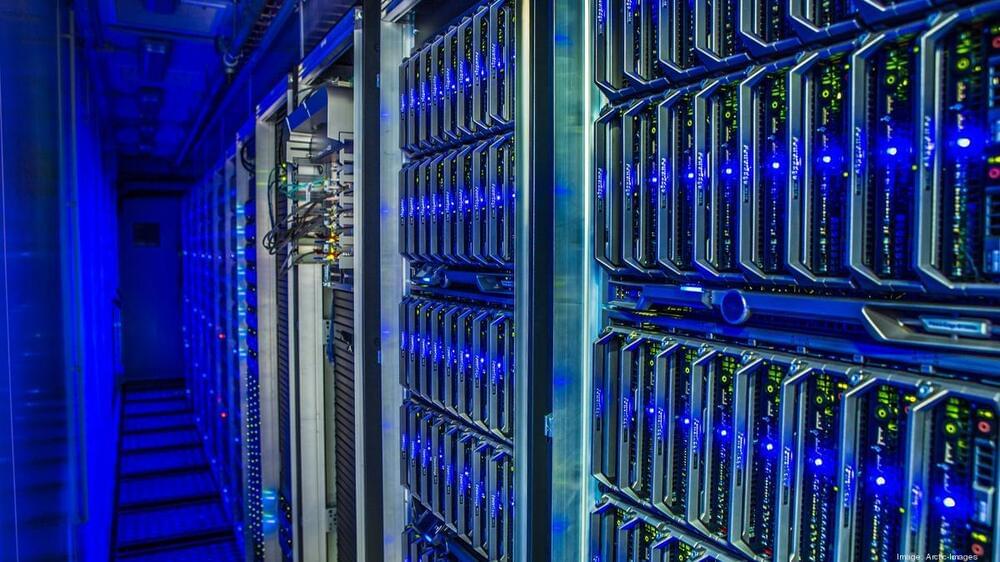A German firm tests NASA-developed nickel-hydrogen batteries in a renewable energy project for efficient, long-lasting storage.
Get the latest international news and world events from around the world.
A test stand for the High-Luminosity LHC
An impressive operation recently took place in CERN’s magnet test hall. The innovative cold powering system has been successfully installed in the High-Luminosity LHC (HL-LHC) Inner Triplet (IT) String test stand. This novel system comprises a long electrical transmission line, which has been specially developed to transport currents to the magnets across a wide range of temperatures. Its installation in the IT String follows on from the installation of the novel protection system and is an important milestone in the development of the HL-LHC.
The High Luminosity LHC (HL-LHC) is a major upgrade of CERN’s Large Hadron Collider (LHC), which aims to increase the number of particle collisions (luminosity) and consequently boost the amount of physics data that can be collected, allowing further discoveries to be made.
Innovative beam-focusing magnets, known as inner triplets, are a major part of this upgrade. These magnets will be deployed on both sides of the beam interaction points at the ATLAS and CMS experiments with new powering, protection and alignment systems and – just like the LHC magnets – they will operate at 1.9 K (an extremely cold temperature, colder than deep outer space).


Schaeffler 3D Scanned 48 Of Its Factories, Efficiency Surged 80%
For giant manufacturers, such as Germany-based Schaeffler Group with nearly 100 factories worldwide, 10 in the U.S., streamlining production of precision industrial components is paramount. When it began to digitize its operations in 2016 to get more real-time data from the shop floor, Schaeffler realized that it wasn’t enough to digitize the manufacturing processes, inventory, workforce, and logistics; it also had to digitize the physical manufacturing environment itself.
Its efforts to 3D scan each facility and create full-color lifelike digital twins, has, so far, resulted in significant time and cost savings. “Project lead times for data capture are up to 80% shorter compared to traditional methods,” says Roberto Henkel, Schaeffler’s senior VP of digitalization and operations IT. The full-color digital twins of its factories enables “far more efficient communication and planning among departments and third-party vendors.”
As the company accelerates its factory relocation to shorten supply chains and move production closer to customers, accurate factory digital twins have played a key role and also delivered some unexpected benefits.





Ultrafast electron imaging captures never-before-seen nuclear motions in hydrocarbon molecules excited by light
The interactions between light and nitroaromatic hydrocarbon molecules have important implications for chemical processes in our atmosphere that can lead to smog and pollution. However, changes in molecular geometry due to interactions with light can be very difficult to measure because they occur at sub-Angstrom length scales and femtosecond time scales.

Nanopore direct RNA sequencing finds cancer’s ‘fingerprint’ to improve early detection
Different types of cancer have unique molecular “fingerprints” which are detectable in early stages of the disease and can be picked up with near-perfect accuracy by small, portable scanners in just a few hours, according to a study published today in the journal Molecular Cell.
The discovery by researchers at the Centre for Genomic Regulation (CRG) in Barcelona sets the foundation for creating new, non-invasive diagnostic tests that detect different types of cancer faster and earlier than currently possible.
The study centers around the ribosome, the protein factories of a cell. For decades, ribosomes were thought to have the same blueprint across the human body. However, researchers discovered a hidden layer of complexity—tiny chemical modifications which vary between different tissues, developmental stages, and disease.